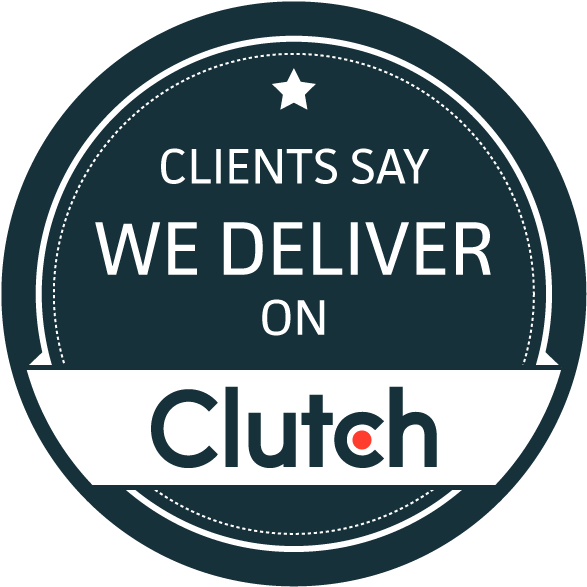Accelerate Software Value Realization: A Swift Guide
Aim for a Minimal Viable Product (MVP)
At Sfinitor, we prioritize identifying essential features that cater to end-user requirements (Minimum Viable Product - MVP). Typically, the development process for an MVP takes between 3 to 6 months. This rapid development allows businesses to start selling the new software or streamline operations swiftly. Following the launch of the MVP, it can be progressively enhanced by incorporating additional features and addressing user feedback, ensuring continuous improvement.
Offer quality training, clear instructions for users
Effective training and clear guidelines expedite user onboarding, boost software engagement, and maximize benefit utilization for clients, staff, or collaborators.
Key Cost Factors
Key cost determinants for software projects, as identified by Sfinitor, encompass complexity, team size, timeline, and technology requirements.
App-related factors
Awaiting collapsible script rebuild.
- Application platform: Web, Mobile, Desktop
- Mobile app support: Cross-platform, Multiple OS Versions
- Feature count and intricacy significantly impact application development
- Extensive Business Functions Coverage: Finance, SCM, Production, HR, CRM, and More
- Encompassed business areas span sales & marketing, encompassing email marketing, lead cultivation, ad strategy formulation, and performance evaluation
- Performance, accessibility, security, latency, and scaling needs for software solutions
- User Count & User Role Distribution
- Application intricacy encompasses factors such as tier count, module numbers, deployment type (on-premises, hybrid, cloud-native, or cloud-only)
- Integration methods encompass one-way, two-way connections via shared databases, custom solutions, or an existing Enterprise Service Bus (ESB)
- Utilizes innovative technologies such as machine learning, AR/VR for superior performance
- Migrating data from outdated software is essential
- Adhering to regulatory frameworks like PCI DSS, HIPAA, GDPR, and GLBA ensures data security and privacy
- UI Design: Unique, Intricate, User-Centric
Factors driving development
Awaiting collapsible script rebuild.
- Team composition: Roles, numbers, and seniority levels defined
- Development techniques encompass three primary strategies: crafting custom code, leveraging low-code platforms, and integrating pre-built functionalities. Each method offers distinct advantages for specific projects
- The sourcing model
- Outsourcing vendor's location (if applicable)
Essential Cost Elements in Software Development Projects
Costs for developing a medium to large-scale application can vary significantly, ranging from $50,000 to $1,000,000. The primary determinant is the number and complexity of software features, along with the design patterns employed. Additional factors influencing the total cost include the development approach (custom, low-code, or platform-based), as well as the expertise, roles, seniority, and geographical location of the development team.
01. Combines requirement engineering, user experience design, and project planning to enable effective software development
Project team coordinates at execution stage.
- Assesses company requirements (short/long term), optimizes current workflows, and evaluates software compatibility
- Gathering functional needs, planning software features
- Designs user experience (UX) outlines interaction methodologies for the system
- Outlines project blueprint, allocates resources, approximates costs for large-scale software development
- Identifies project limitations and hazards
02. Architecture and UI design
During the design phase, the team converts the specified requirements into an implementation-ready structure by selecting a suitable technological framework.
Design segmentation encompasses two realms:
- Software architecture design outlines the system's functional components (layers, modules), their interconnections, chosen data structures, and essential algorithms. This blueprint guides developers in creating efficient, scalable, and maintainable software systems
- Software user interface (UI) denotes visual elements presented to end-users
03. Software coding
Back-end development encompasses writing server-side code, API creation, and performing unit tests. Conversely, front-end development transforms static UI designs into interactive graphical user interfaces (GUIs).
04. Quality assurance
Quality Assurance (QA) ensures that the developed software adheres to both functional and non-functional specifications. During this process, any discovered defects are documented. While QA may appear as a distinct phase in this context, it frequently overlaps with development stages. The most efficient QA practice extends across the Software Development Life Cycle (SDLC), encompassing tasks from requirement gathering to software maintenance.
05. Software deployment
Software deployment stage involves providing access to the software, facilitating installation, personalizing it per user requirements, conducting user acceptance tests, generating user manuals, and offering user training.
06. Software upkeep & troubleshooting.
Launched software necessitates regular maintenance by either a specialized support team or original developers. Responsibilities encompass bug fixation post-delivery to end users, accommodating evolving requirements, optimizing software and associated infrastructure for enhanced performance, scalability, cost-effectiveness, securing against potential vulnerabilities, and more.
Cost Estimate for Sample Software Dev Projects
To accurately estimate project costs for diverse-role teams on various app types, consider the following approximations:
- Basic Apps: $15K - $30K
- Mid-Tier Apps: $30K - $60K
- Complex Apps: $60K - $120K
Why Businesses Choose Sfinitor

Google Partner since 2010.

A quality-first approach based on a mature ISO 9001 quality management system.

Agile approach to achieve efficient results in projects with vague scope.

Recognized for reliability, trustworthiness, and excellence in delivering value.

Expertise in engineering, cloud migration, AWS environment.

Expertise in delivering strategic solutions across the Microsoft Cloud.
Success Stories
Explore how we've helped clients build impactful mobile apps tailored to their industry needs and business goals. Use the filters to browse our case studies by industry or region to find the most relevant projects.
Next-Gen SaaS Restaurant Software for Operations, Delivery & Customer Loyalty
A US-based startup building a SaaS product for restaurant chains, quick-service outlets, and cloud kitchens. The platform was designed to cover key restaurant operations across multiple touchpoints — from order intake and kitchen workflows to delivery management and customer loyalty tracking — in a single, scalable solution.
Read moreDigital Management System for Housing Associations with Resident Mobile App & City Service Integration
A regional housing association managing multiple residential complexes and public housing units across several districts. The organization oversees property maintenance, rent collection, and tenant communication, while also coordinating with municipal services like waste management and inspections. Their community includes both long-term residents and short-term tenants, speaking several languages and requiring transparent communication and self-service tools.
Read moreIntegrated Pipeline Inspection & Reporting Software with Municipal Infrastructure System Connectivity
A utility inspection company servicing municipalities and public infrastructure agencies. The client specializes in sewer and water pipeline assessments, using CCTV and field crews to document infrastructure conditions and generate regulatory-compliant reports. Their goal was to modernize field operations and align inspection output with municipal data systems.
Read moreStay Ahead with Smart Tech Innovation
Leverage emerging technologies to streamline operations, boost performance, and future-proof your business. Partner with us to turn innovation into a competitive edge.
- Big data
- Artiticial intelligence
- Computer vision
- Internet of things
- Blockchain
- Mixed reality
Turn Big Data into Actionable Insight
Harness the power of scalable, secure solutions to collect, store, process, and analyze data with confidence. Make smarter decisions—faster.
